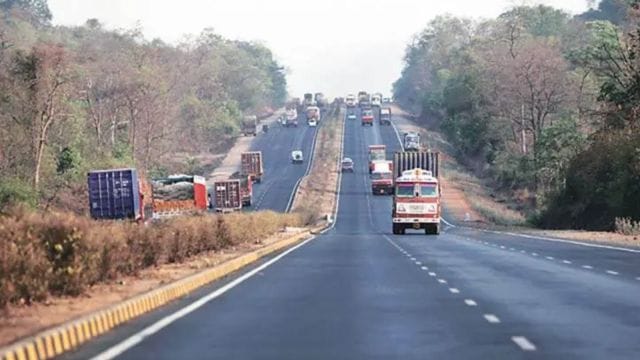ARTICLE AD BOX
 e-DAR captures road accidents in real time and geo-tags them through an app on phones or tablets used by first responders, which is the police (Representational/File Photo)
e-DAR captures road accidents in real time and geo-tags them through an app on phones or tablets used by first responders, which is the police (Representational/File Photo)
To prevent road accidents and fatalities, the Ministry of Road Transport and Highways (MoRTH) will soon release black spot data for 2023 and 2024 based on its ambitious Electronic Detailed Accident Report (e-DAR)/Integrated Road Accident Database (iRAD) system, which was developed to collect real-time data entered by state police.
Black spots on National Highways (NHs) are critical stretches where high rates of accidents are recorded. Under the existing system, a 500-m stretch is categorised as a black spot if there have been either five or more accidents involving fatalities or grievous injuries, or 10 deaths within a 3-year period.
Under the current system, black spot data for three years is collected, a senior MoRTH official said. Data is available only up to 2022, which stymies efforts to plan road accident and death prevention roadmap. “The black spot data for 2023 and 2024 has been worked out based on the e-DAR/iRAD system and will be released soon,” said the official.

The iRAD/e-DAR system was rolled out during 2021 and 2022 for different states. To issue black spot numbers, the Transport Research Wing (TRW) of MoRTH physically collects data from states and validates it. The last black spot series was calculated for 2020-22 and a total of 1,330 critical stretches were identified.
According to MoRTH data, 13,795 black spots were identified on NHs between 2016 and 2022, of which long-term rectification has been completed on 5,036.
“The discrepancies between the data received by TRW from states/UTs and the e-DAR portal have been reduced to less than 5%. We held several meetings with state departments to fix reporting on e-DAR, and most of the issues have been resolved. The discrepancy was highest in Punjab, followed by Jharkhand. The black spot data will help in advance planning to prevent deaths,” said the senior official.
The latest data with MoRTH shows a difference of 18,069 accidents (3.96%) and 7,020 fatalities (4.30%) between data captured by TRW and e-DAR for the calendar year 2024. In Punjab, the TRW recorded 4,759 fatalities, but e-DAR shows only 533 deaths during the same period.
Story continues below this ad
The official said efforts are being made by the Road Safety Cell and Chief Engineers to align the e-DAR data with state police departments and minimise discrepancies as much as possible.
e-DAR captures road accidents in real time and geo-tags them through an app on phones or tablets used by first responders, which is the police.
Dheeraj Mishra is a Principal correspondent with The Indian Express, Business Bureau. He covers India’s two key ministries- Ministry of Railways and Ministry of Road Transport & Highways. He frequently uses the Right to Information (RTI) Act for his stories, which have resulted in many impactful reports. ... Read More
Stay updated with the latest - Click here to follow us on Instagram
© The Indian Express Pvt Ltd








 English (US) ·
English (US) ·